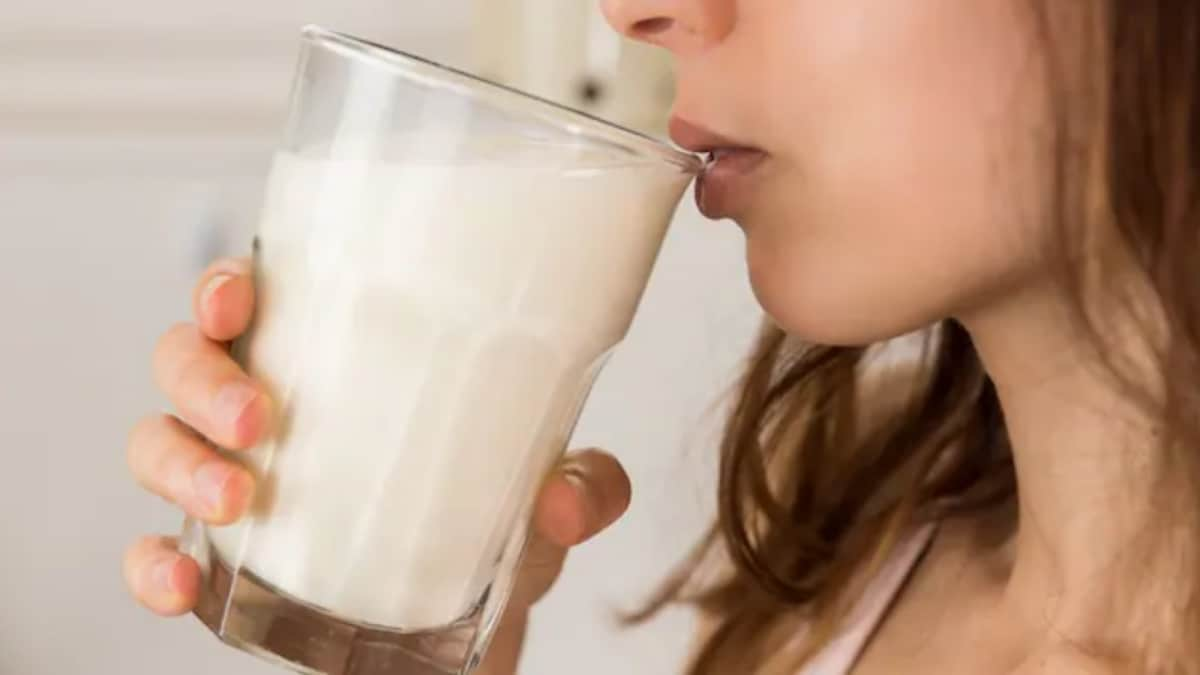Ditch the Drinks, Lower Your Pressure: New Guidelines Link Lifestyle to Blood Pressure Control

New Blood Pressure Guidelines Prioritize Lifestyle Changes, Including Alcohol Reduction
For years, managing high blood pressure (hypertension) has largely relied on medication. However, leading health organizations, including the American Heart Association (AHA) and others, are shifting the focus to lifestyle interventions. Recent updates to blood pressure guidelines emphasize the significant impact of diet, exercise, and, crucially, alcohol consumption on overall cardiovascular health. This shift offers a potentially powerful, and sometimes simpler, approach to managing hypertension for many individuals.
Why the Change in Alcohol Recommendations?
The updated guidelines provide more specific recommendations regarding alcohol intake. Previously, advice varied. Now, experts are suggesting that women consume no more than one alcoholic drink per day and men no more than two. This seemingly small adjustment is based on growing evidence demonstrating a clear link between even moderate alcohol consumption and increased blood pressure. Studies have consistently shown that regular alcohol intake, even in moderate amounts, can elevate blood pressure levels, increasing the risk of heart disease, stroke, and other cardiovascular complications.
Beyond Alcohol: A Holistic Approach to Blood Pressure Control
While reducing alcohol intake is a key component, the new guidelines underscore a broader, holistic approach to blood pressure management. Here's a breakdown of the other crucial lifestyle factors:
- Diet: Emphasize a diet rich in fruits, vegetables, whole grains, and lean protein. The DASH (Dietary Approaches to Stop Hypertension) diet is frequently recommended, as it's specifically designed to lower blood pressure. Reducing sodium intake is also paramount.
- Exercise: Regular physical activity, such as brisk walking, jogging, swimming, or cycling, can significantly lower blood pressure. Aim for at least 150 minutes of moderate-intensity aerobic exercise per week.
- Weight Management: Losing even a small amount of weight (5-10%) can have a positive impact on blood pressure.
- Stress Management: Chronic stress can contribute to high blood pressure. Practices like yoga, meditation, and deep breathing exercises can help manage stress levels.
What Do the Numbers Mean? Understanding Blood Pressure Categories
The guidelines also clarify blood pressure categories:
- Normal: Less than 120/80 mmHg
- Elevated: Systolic between 120-129 and diastolic less than 80 mmHg
- High Blood Pressure Stage 1: Systolic between 130-139 or diastolic between 80-89 mmHg
- High Blood Pressure Stage 2: Systolic 140 or higher or diastolic 90 or higher mmHg
- Hypertensive Crisis: Systolic higher than 180 and/or diastolic higher than 120 mmHg (requires immediate medical attention)
The Takeaway: Empowering Individuals to Take Control
These updated guidelines represent a positive shift towards empowering individuals to take a more proactive role in managing their blood pressure. While medication remains essential for some, lifestyle changes offer a valuable and often overlooked tool for prevention and control. Consult with your healthcare provider to determine the best course of action for your individual needs and to monitor your blood pressure regularly.






